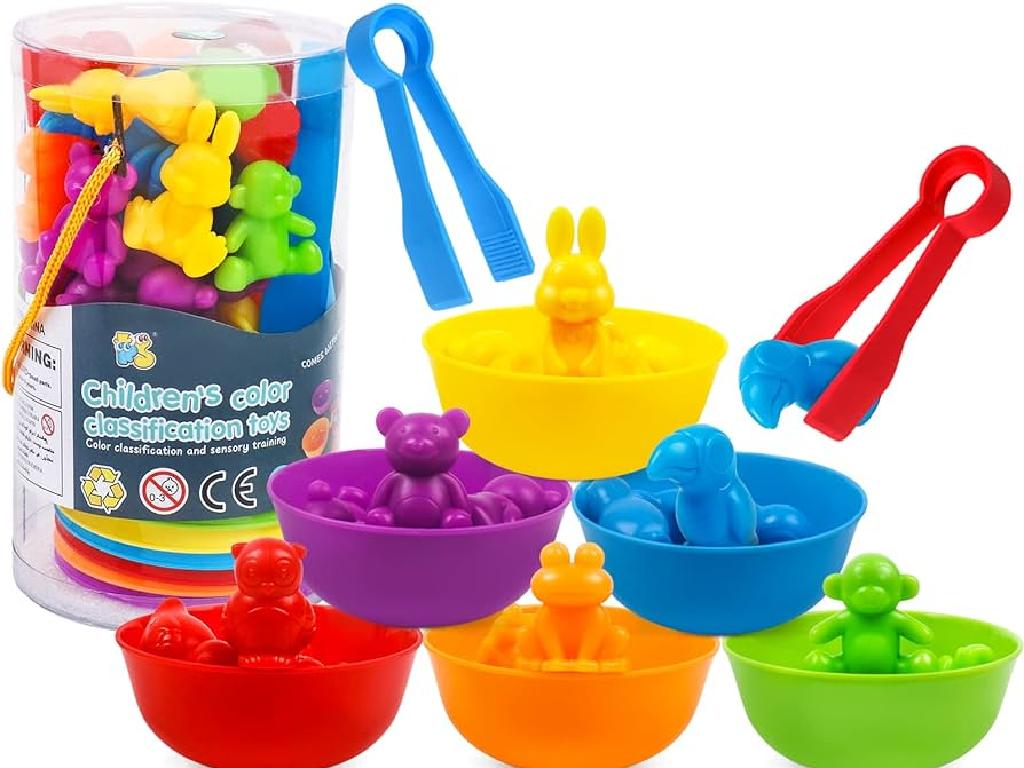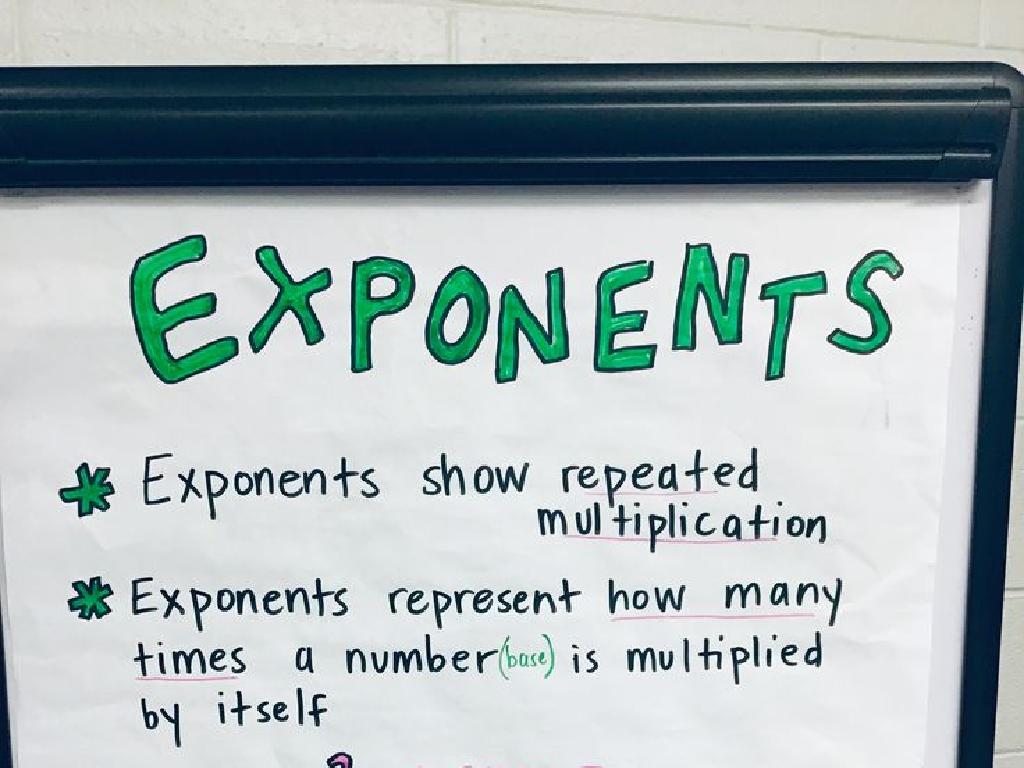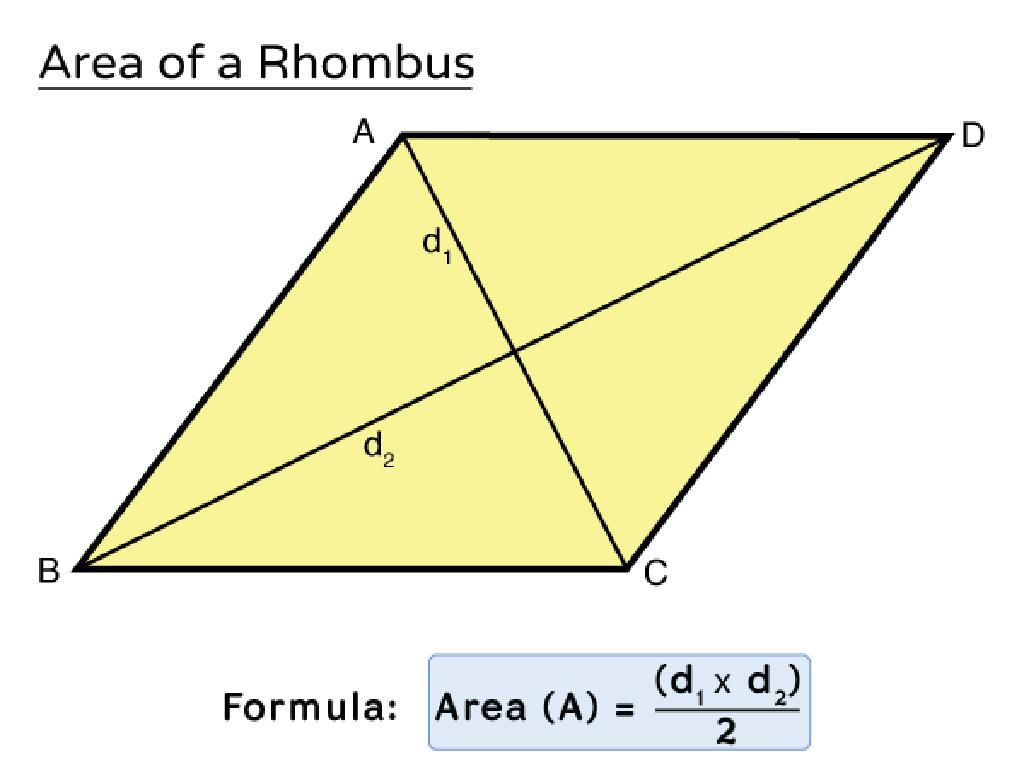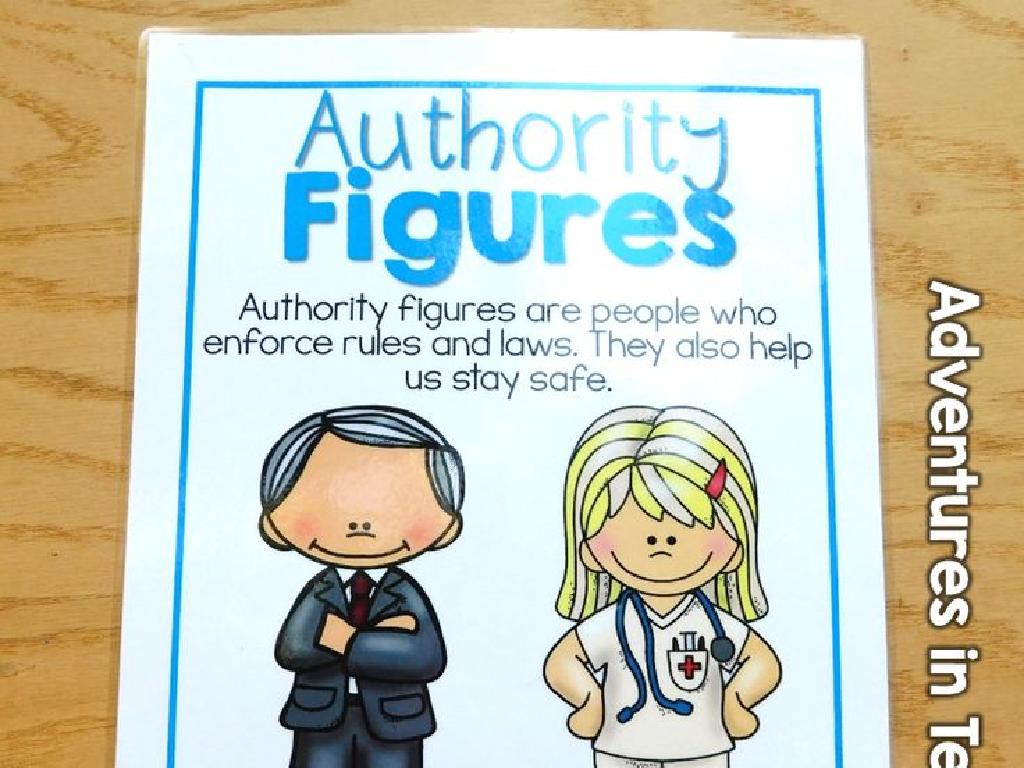Identify Shortage And Surplus With Data
Subject: Social studies
Grade: Seventh grade
Topic: Supply And Demand
Please LOG IN to download the presentation. Access is available to registered users only.
View More Content
Introduction to Supply and Demand
– Explore market economy basics
– Define supply and demand
– Supply is how much is available, demand is how much people want
– Impact on everyday life
– Prices of goods, availability, and consumer choices
– Recognizing shortage and surplus
– Shortage: demand > supply, Surplus: supply > demand
|
This slide introduces the fundamental concepts of supply and demand, which are the driving forces behind a market economy. Begin by explaining what a market economy is and how it operates based on the principles of supply and demand. Define supply as the amount of a product or service available to consumers, and demand as the desire of consumers to purchase goods and services. Discuss how these two forces interact to determine the price and availability of goods, influencing our daily decisions and the overall economy. Highlight the importance of understanding the balance between supply and demand, and how an imbalance can lead to a shortage (where demand exceeds supply) or a surplus (where supply exceeds demand). Use real-life examples to illustrate these concepts, such as popular products during holiday seasons or overproduction of certain goods. Encourage students to think of examples from their own experiences.
Understanding Market Shortage
– Define market shortage
– When demand exceeds supply, resulting in a shortage
– Explore causes of shortages
– Factors like natural disasters, production issues, or sudden demand spikes can lead to shortages
– Examine real-world shortages
– Historical events like oil crises or recent chip shortages illustrate the concept
– Discuss shortage impacts
– Shortages can lead to price increases and consumer competition for limited goods
|
This slide aims to explain the concept of a shortage in the context of supply and demand. A shortage occurs when the demand for a product exceeds the available supply, often leading to increased prices and competition among consumers. Discuss various causes such as natural disasters, which can disrupt supply chains, or sudden increases in demand that suppliers cannot immediately meet. Provide real-world examples to help students relate to the concept, such as the oil crises of the 1970s or the more recent global shortage of semiconductors. Highlight the effects of shortages on everyday life, including how they can influence consumer behavior and market dynamics. Encourage students to think critically about how shortages might be resolved and the role of government and industry in responding to these challenges.
Understanding Surplus in Supply and Demand
– Define Surplus
Surplus occurs when supply exceeds demand for a product or service.
– Causes of Surplus
Surplus can result from overproduction, reduced demand, or improvements in technology.
– Surplus in various industries
Examples include unsold goods in retail, excess crops in agriculture, and overcapacity in manufacturing.
– Impact of Surplus
|
This slide aims to explain the concept of surplus within the context of supply and demand. A surplus occurs when the quantity of a product or service supplied exceeds the quantity demanded at the current price. It can happen due to various reasons such as overproduction, a decrease in demand, or technological advancements that lead to increased efficiency. Provide real-world examples from different industries to help students understand the concept better. Discuss how surplus can impact prices and lead to waste or the need for storage solutions. Encourage students to think about the implications of surplus in an economy and how businesses might respond to such situations.
Analyzing Data: Shortage & Surplus
– Read supply & demand graphs
– Spot shortage & surplus signs
– Shortage: demand > supply. Surplus: supply > demand
– Group activity with market data
– Analyze provided graphs to identify market conditions
– Discuss findings as a class
– Share insights and understand real-world implications
|
This slide is aimed at helping students understand how to read and interpret supply and demand graphs to identify shortages and surpluses. Begin by explaining the basics of supply and demand graphs, emphasizing the equilibrium point where supply equals demand. Then, illustrate how a point above the equilibrium indicates a surplus (where supply exceeds demand), and a point below indicates a shortage (where demand exceeds supply). For the activity, divide the class into small groups and provide each with sample market data. Each group will analyze their graph to determine if a shortage or surplus exists. After the activity, reconvene as a class to discuss the findings, ensuring to highlight the real-world implications of shortages and surpluses in markets. This will help students grasp the practical applications of supply and demand theory.
Factors Influencing Supply and Demand
– Price impact on supply & demand
– Higher prices usually decrease demand and increase supply.
– External factors & market balance
– Weather, trends, and policies can cause shortages or surpluses.
– Consumer and producer influence
– Consumers’ needs affect demand; producers’ costs affect supply.
– Identifying shortage and surplus
– Use data to spot when demand outstrips supply or vice versa.
|
This slide aims to explain the complex relationship between supply and demand and how various factors can influence market equilibrium. Discuss how changes in price can lead to changes in consumer behavior and production levels. Highlight external factors such as natural events, societal trends, and government policies that can disrupt the balance, leading to either a shortage or surplus. Emphasize the role of consumers in driving demand through their needs and wants, and producers in creating supply based on production costs and capabilities. Teach students how to analyze data to identify instances of shortage (demand > supply) and surplus (supply > demand) in real-world scenarios. Provide examples such as the impact of a poor harvest on food prices or how a new trend can suddenly increase the demand for a product.
Class Activity: Market Simulation
– Divide class into consumers and producers
– Assign scenarios of shortage or surplus
– Scenarios may include unexpected events affecting supply or demand
– Discuss market response strategies
– Consider price changes, product availability, and consumer behavior
– Present solutions to the class
|
This interactive class activity is designed to help students understand the concepts of shortage and surplus in a market setting. By dividing the class into groups representing consumers and producers, students can engage in role-play that simulates real-world economic interactions. Provide each group with a unique scenario that will lead to either a shortage or surplus of a product. Encourage students to discuss within their groups how these market changes would affect their decisions as consumers or producers. Possible responses may include adjusting prices, seeking alternative products, or changing production levels. After the discussion, each group will present their strategy to the class, fostering a deeper understanding of supply and demand dynamics. For the teacher: Prepare diverse scenarios in advance, ensure each student has a role, and facilitate the discussions by prompting students to consider various economic factors.
Conclusion: Shortage, Surplus, and Their Impact
– Recap: What are shortage and surplus?
– Shortage: demand > supply. Surplus: supply > demand.
– Importance of Supply and Demand
– Understanding helps predict market changes.
– Real-life application of concepts
– Consider how stores decide on sales or stock.
– Engage in class discussion
|
This slide aims to consolidate the students’ understanding of shortage and surplus within the context of supply and demand. Begin by recapping the definitions of shortage (when demand exceeds supply) and surplus (when supply exceeds demand). Emphasize the importance of these concepts in understanding market dynamics and economic decision-making. Encourage students to think about how businesses might use supply and demand data to make decisions about pricing, inventory, and sales strategies. Conclude with a class discussion to allow students to apply what they’ve learned to real-life scenarios, such as why certain products go on sale and how seasonal changes affect product availability. This will help them see the relevance of economic principles in everyday life.






